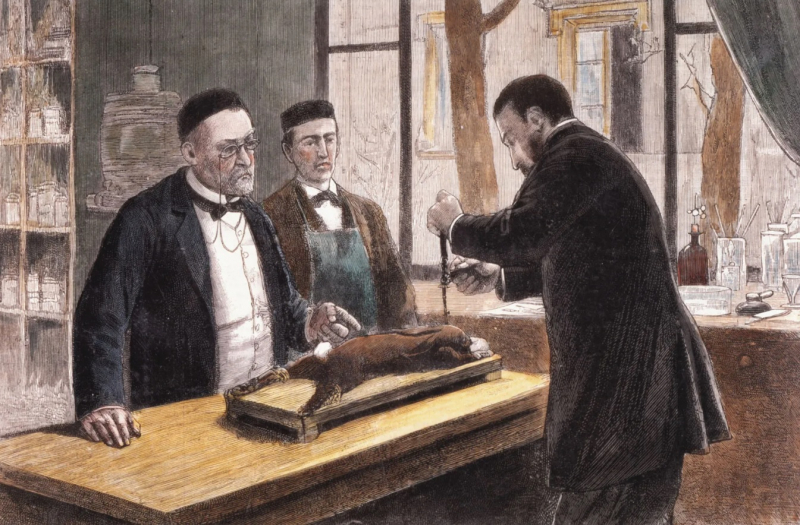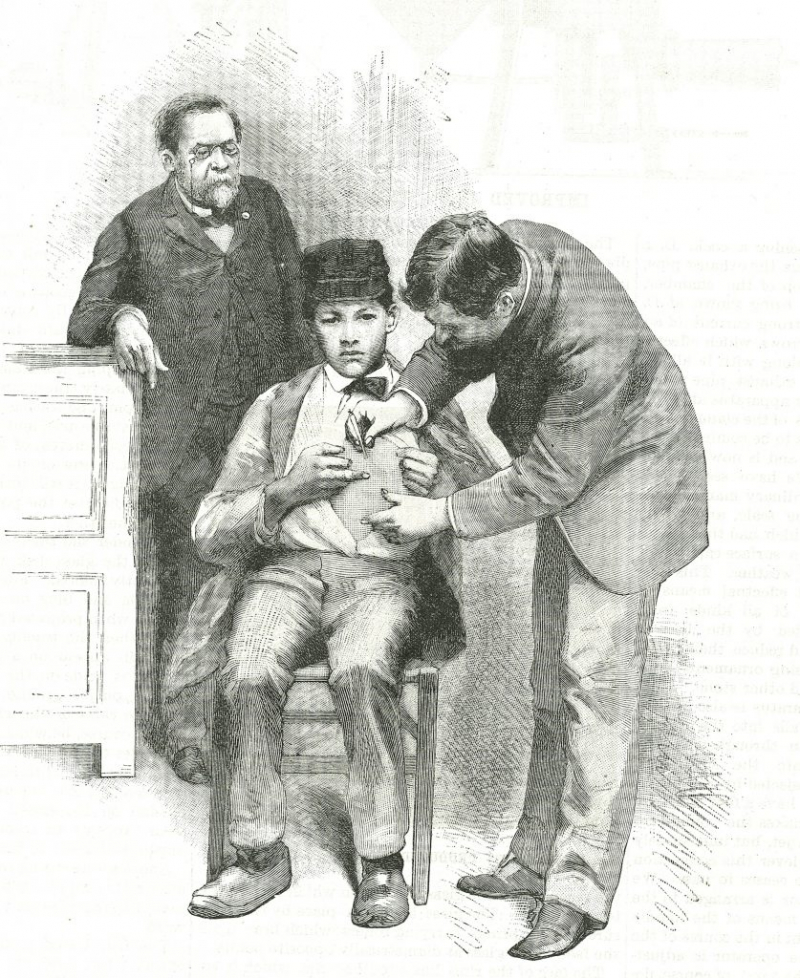He developed the first vaccination against rabies
It is frequently claimed that he developed the first vaccination against rabies whereas Edward Jenner, an English surgeon, found immunization. In actuality, Pasteur did create a new vaccine (the first vaccine against rabies) approximately 90 years after Jenner started immunizing against smallpox. After being accepted into the French Academy Académie Française in 1882, he made the decision to pursue research about rabies as the disease rabies caused sheer terror for many people at that time. The causative agent in the case of rabies was a virus, however, the microorganism was too small to be observed with the available optical microscope.
From 1880 to 1885, Pasteur spent five years researching this disease. Pasteur anticipated that the causative agent must be in the brains and spinal cords of those who had the sickness because rabies affects the neurological system. He infected healthy people with neurological samples from rabies-infected animals (dogs, rabbits, etc.), which led to rabies symptoms in the affected animals. In order to obtain the rabies pathogen, Pasteur used the spinal cords of infected rabbits. He then cultivated this pathogen over numerous generations (the virus had not been discovered at that time, so Pasteur simply called it a "pathogen").
The pathogen that emerges from this process is significantly less virulent than the original strain of the rabies virus. Even though this virus's virulence has been reduced, it still has antigenic features that can prompt the immune system to make antibodies that can fight the disease. After much deliberation, Pasteur administered the first rabies vaccination based on this attenuated virus on July 6, 1885, to a young boy called Joseph Meister who had been bitten by a rabid dog. The trial was successful, which is a triumph for both Pasteur and modern medicine.







